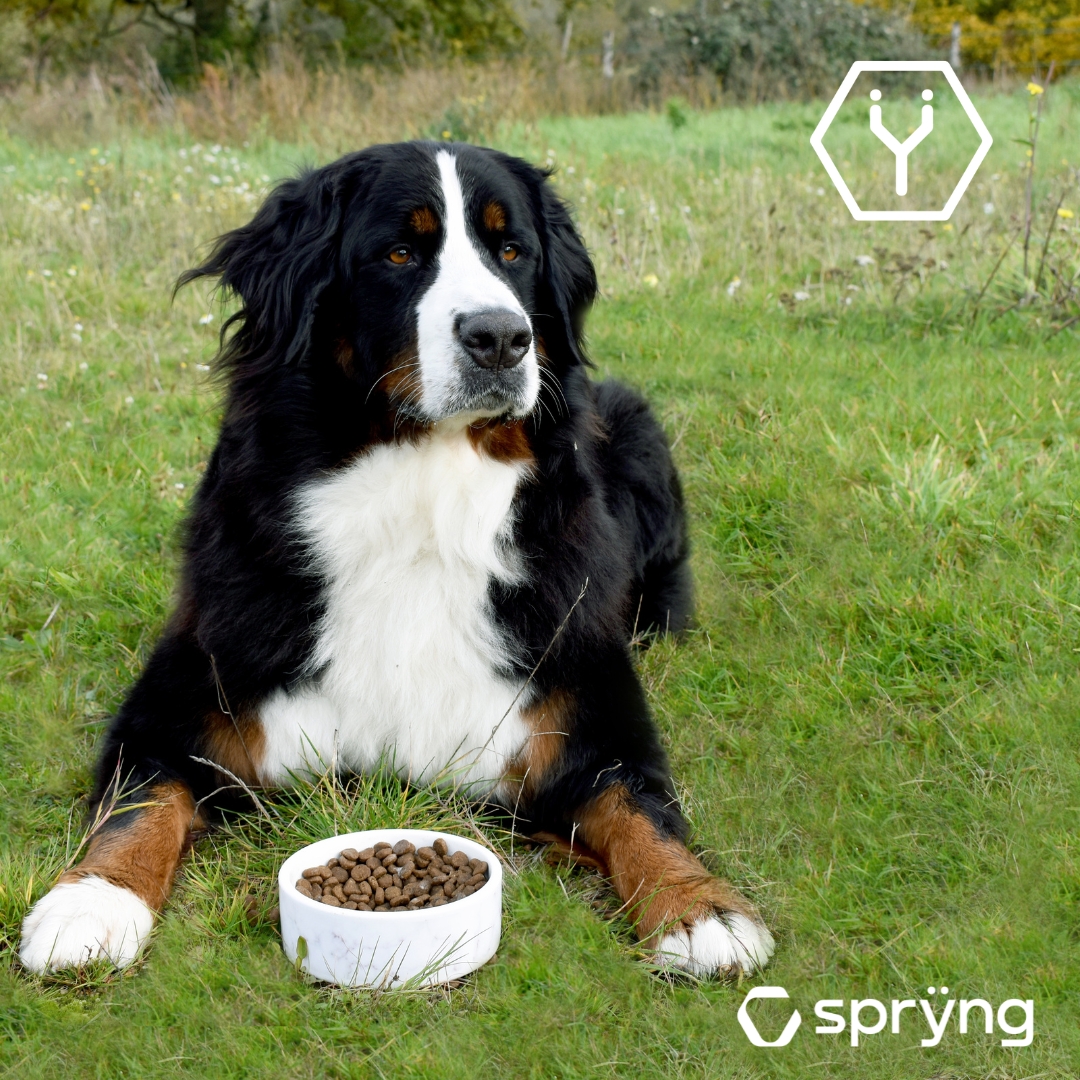According to the WHO, obesity is a health concern of “epidemic proportions” [1]. Globally, the incidence of obesity has tripled in the past 35 years, with approximately 13% of the world’s adult population currently obese. In the UK, that figure increases to approximately 27%[2], while in the USA, it is greater than 42%[3]. Obesity reduces life expectancy by up to ten years, and is estimated to contribute to at least 1 in every 13 deaths in Europe[4]. Serious health conditions associated with obesity include high blood pressure, heart disease, stroke, diabetes and osteoarthritis; other problems include sleep apnoea, joint pain, mental health problems and a general reduction in quality of life. The burden on the healthcare system has a serious economic impact: in the USA, obesity-related medical bills exceed $147 billion; in the UK, the cost to the NHS is expected to reach 9 billion pounds by 2050.
Strategies for combatting obesity
Strategies to redress the obesity epidemic focus primarily on educating individuals to increase their physical activity and modify their diet to limit consumption of fat, salt and sugar[5]. Additional dietary advice includes eating more fruit and veg, eating low-GI foods, and taking fibre supplements[6]. Now, recent studies on obese rats and mice suggest that there may be a new piece of dietary advice worth considering: modifying our source of dietary protein to include insect protein.
The global market for dietary insect protein is quite young but growing rapidly — it is expected to reach 1.74 billion USD by 2028[7]. Originally, the primary incentive for exploring insect protein as an alternative to meat and plant protein was environmental: insect farming requires significantly less water and is less land-dependent than conventional livestock; its GHG production is much lower; and insects have a high feed conversion efficiency[8]. As a happy side-effect, there is increasing evidence to suggest that consuming insect protein may not only be beneficial for the environment, but also for human health — including having a role in combatting obesity.
Insect protein reduces fat accumulation and total lipid content
By definition, obesity is an excessive or abnormal accumulation of fat within the body[9]. Numerous studies on obese rats and mice have demonstrated that animals fed a diet with insect meal (produced from mealworm larvae) as the protein source produce visibly less fat tissue than animals fed a more typical casein diet[13][15][16][17]. What’s more, within the fat tissue, the fat cells themselves (adipocytes) are smaller. This effect can be reproduced in the laboratory by growing adipocytes in a dish, and adding an extract of mealworm: the treated adipocytes are not only smaller, but — significantly — their production of triglycerides is reduced by 70%[17]. Triglycerides are a type of lipid molecule, formed in the liver from fatty acids (another type of lipid): the more fat tissue in the body, the more fatty acids are carried to the liver in the blood, and the more triglycerides are produced. High levels of triglycerides have been linked to heart disease, stroke and pancreatitis. Furthermore, high triglyceride levels are often associated with high levels of cholesterol (yet another lipid) — specifically, with the “bad” version of cholesterol, which leads to a build-up of plaque in the arteries and increased risk of high blood pressure, heart attack and stroke[10]. So the total amount of all these lipids is an important indicator of obesity-related ill-health. In the studies on obese rats, the total lipid content in the liver was reduced by 60% in rats fed insect protein; and the total lipid content in blood plasma was reduced by almost two-thirds[13]. Cholesterol, specifically, was reduced by up to 60% in the liver and 34% in plasma.
Beneficial health effects of insect cuticle
What is it about the insect meal that causes this inhibition of lipid production? The answer might be chitin — a component of insect cuticle (comprising the exoskeleton). There is already plenty of evidence that ingesting chitin has benefits for mammals: among other things, it has been shown to beneficially alter the balance of human gut microbiota, improving intestinal barrier function and reducing inflammation[12]. To test the hypothesis that insect cuticle reduces lipid production in rats, obese rats were fed a normal casein diet to which ground insect cuticle was added — and indeed, this diet produced many of the same lipid-reducing effects as the diet in which casein was completely replaced by insect meal[16]. Specifically, there was a decrease in production of several proinflammatory lipids known to be associated with fatty liver disease (ceramide, glycosylceramides, and sphingomyelin). Additionally, several changes to gut microbiota were observed, including dramatic increases in Actinobacteria — known to have anti-inflammatory effects and to counteract fatty liver disease — as well as Lactobacillaceae and Bifidobacteria — both known to alleviate accumulation of lipids in the liver[11][14]. It is likely that these changes to the microbiota mediate the decrease in production of proinflammatory lipids in the liver. Interestingly, an increase in Bifidobacteria has also been observed in humans who were fed insect protein in the form of crickets[18], which suggests that the anti-obesity effects of insect protein observed in rats will also apply to humans.
Whatever the precise mechanism, there is no question that including insect protein in the diet has a marked anti-obesity effect, at least in rodents. All of this is very promising for a future in which it seems likely that humans’ dietary protein needs will increasingly be met by insect protein — indeed, products for human consumption are already on the market, such as textured insect protein (a bit like tofu), and protein powder (for fitness shakes). It may have been environmental considerations that prompted the move to explore alternatives to meat and plant protein, but we may just end up healthier — and slimmer — for the change.
References
1. https://www.who.int/news-room/fact-sheets/detail/obesity-and-overweight
3. https://www.cdc.gov/obesity/data/adult.html
4. https://www.nhs.uk/conditions/obesity/
5. https://journals.sagepub.com/doi/pdf/10.1177/156482650402500310
6. https://www.healthline.com/health/how-to-prevent-obesity#prevention-for-adults
7. https://www.grandviewresearch.com/press-release/global-insect-protein-market
8. https://www.fao.org/3/i3264e/i3264e00.pdf
9. https://www.who.int/news-room/fact-sheets/detail/obesity-and-overweight
10. https://www.webmd.com/cholesterol-management/cholesterol-and-weight
11. An et al. (2011). Lipids in Health and Disease 10: 116.
12. Calatayud et al. (2021). Nutrients 13(9): 3249.
13. Gessner et al. (2019). The Journal of Nutrition 149(4): 566.
14. Jiang et al. (2020). Frontiers in Medicine.
15. Meyer et al. (2019). Molecular Nutrition and Food Research 63: 1801305.
16. Saeb et al. (2022). Food and Function 13: 1421.
17. Seo et al. (2017). International Journal of Molecular Science 18: 518.





